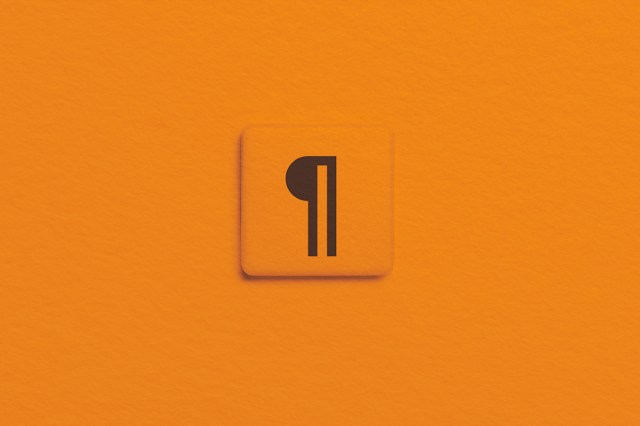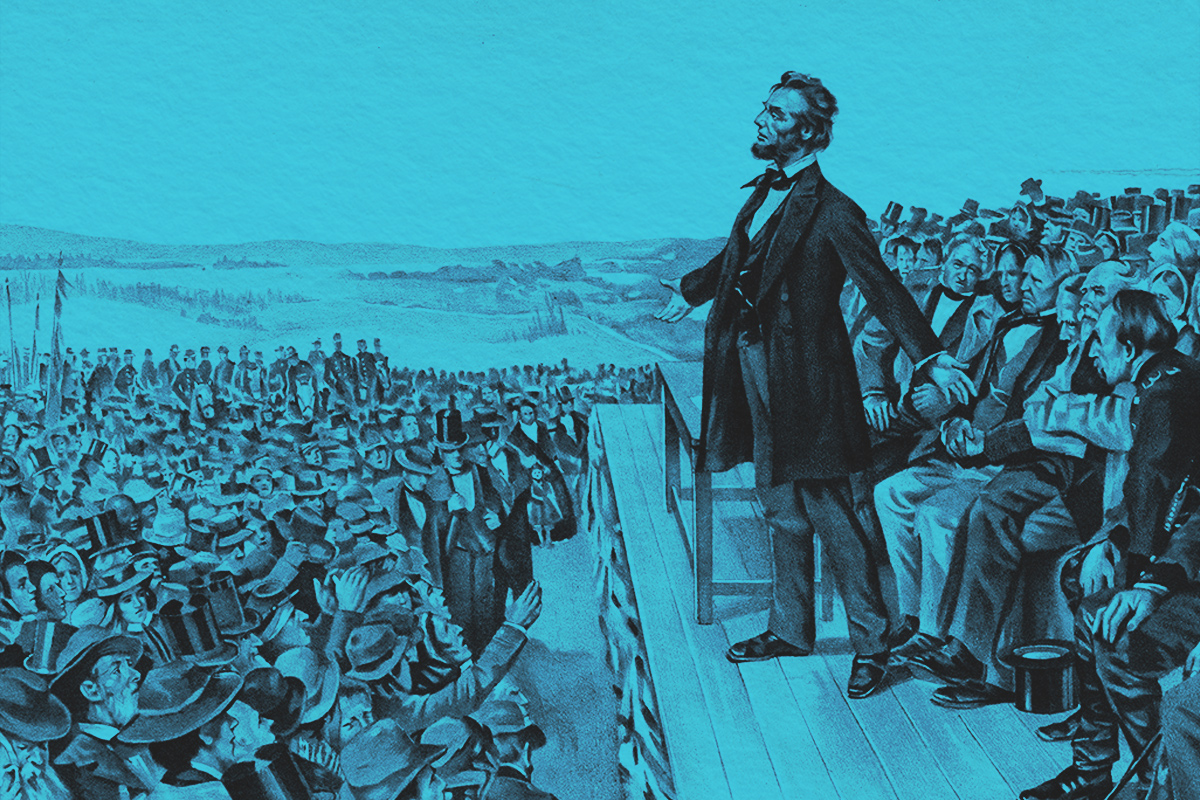
You might have noticed a curious backward “P” with an extra leg (¶) in certain editing tools or word processing systems. This strange little glyph is called a “pilcrow,” and its job is to mark the beginning of a paragraph. While it’s found today only in editing contexts, it had wider use in medieval manuscripts.
Pre-pilcrow reading was like a marathon for the brain: There were no breaks. By the Middle Ages, scribes began to use symbols to break up text, which made reading easier, but these symbols weren’t standardized. Different scribes used dashes, letters, and even personal symbols.
The first attempt at standardization came from the Latin word for “chapter,” capitulum (meaning “little head”). The modern pilcrow symbol evolved from there during the 12th century: The “C” that symbolized these breaks eventually turned into a backwards “P” with extended lines as scribes added ornate embellishments to manuscripts.
In the Middle Ages, the word “paragraph” could describe a distinct section of writing that was smaller than a capitulum (akin to how we use “paragraph” today), or denote the actual mark. It comes from the Greek paragraphein, meaning “write by the side.” “Paragraph” has had many variants over the centuries, including pelagraphe, pelagreffe, and pilcraft, the latter of which evolved into “pilcrow” by the 16th century.
By the late medieval period, the pilcrow symbol was a standard feature of manuscripts, used as a design element. Scribes favored drawing them in red ink, giving them visual prominence. But all good things must come to an end. Scribes often ran out of ink for such embellishments, leaving blank swaths on pages. The pilcrow’s demise was solidified with the advent of the printing press, as the hand-drawn mark slowed production. Soon, the pilcrow was abandoned, and a line break divided paragraphs instead.
Although the pilcrow largely disappeared from printed text, it never entirely vanished. It remains in editing marks in online word processors, or sometimes handwritten by editors to guide writers from one paragraph to the next. The pilcrow is a fun reminder that although many things change, some remain the same.





















